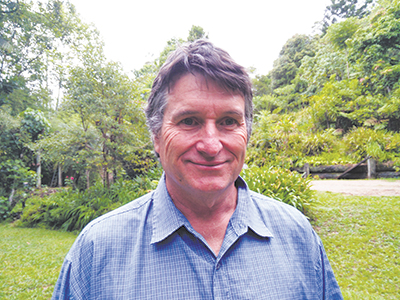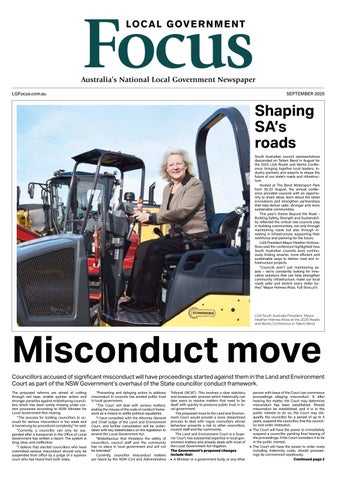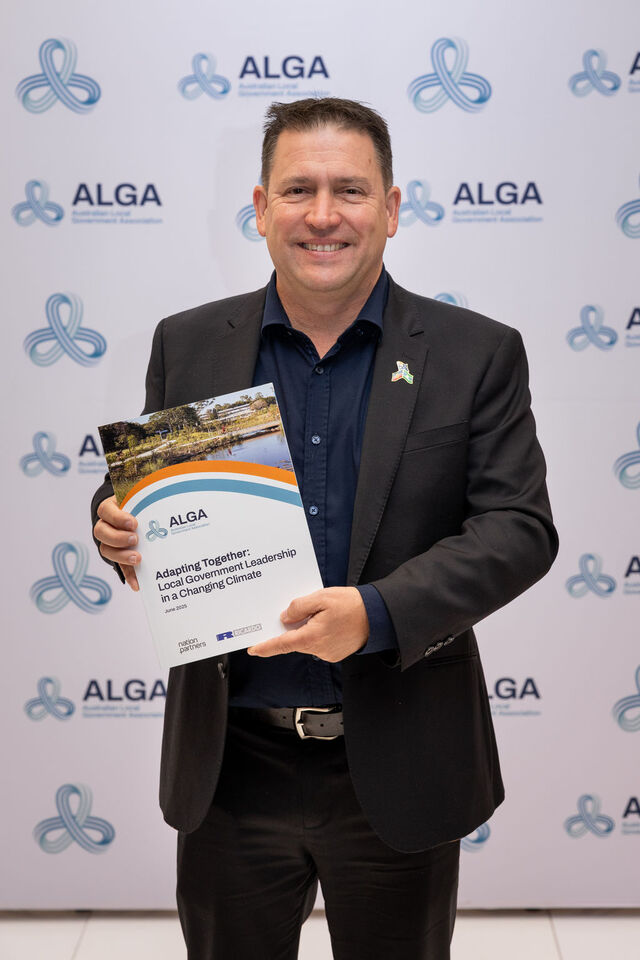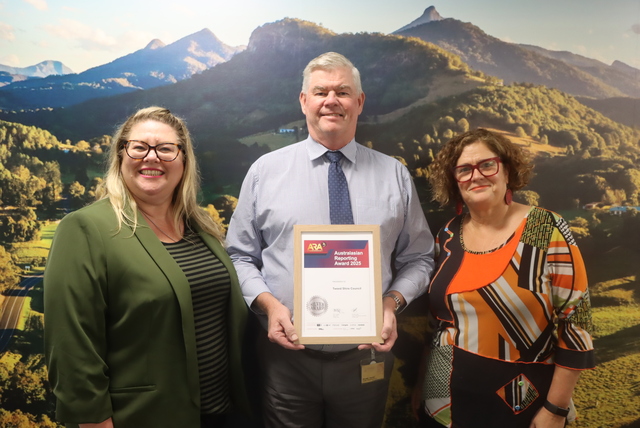Nestled in the protective shadow of Mt Warning, ‘the Tweed’ is one of the most biodiverse areas in Australia.
It is home to more than 50 distinct vegetation communities; world heritage rainforests; species lists for birds, fish, frogs, reptiles and mammals that rival Kakadu and the Queensland Wet Tropics; and very high concentrations of both threatened plants and animals, including over 50 plants found nowhere else on the planet.
Given these natural values, impressive scenic beauty, a mild subtropical climate, and close proximity to the large urban centres of Brisbane and the Gold Coast, it is little wonder people want to live there.
The good news is that the Tweed community is fiercely protective of its environment and relaxed lifestyle.
Tweed Shire Council Mayor, Katie Milne believes they have found a champion in Dr Mark Kingston, Senior Program Leader – Biodiversity Policy Natural Resource Management; her nominee for LG Focus High Achiever.
“The whole Environmental Team are worthy but Mark is a stand out,” the mayor said, citing his passion and excellent technical skills which make him instrumental in bringing about necessary planning controls to protect Tweed’s environment.
Dr Kingston began working with Tweed Shire Council in 2006 to implement the Tweed Vegetation Management Strategy that he had prepared (with others) as an external consultant. Two years later he headed up Council’s Biodiversity Program within a newly formed Natural Resource Management Unit.
The Biodiversity Program covers policy development, the management of public bushland, assessment of development proposals, improving community awareness and the delivery of biodiversity grants and other incentive programs in Tweed Shire.
“Having grown up on the Tweed Coast, I saw this as a great opportunity to follow through on the recommendations of the Strategy and have a positive influence on the environment I knew so well,” he said.
“I was also attracted by the fact that the work I (and others) were doing was strongly supported by Council and the community. In a world which sometimes seems obsessed with individual rights and achievement, defending the public interest is, I think, one of the most satisfying aspects of working for local government.”
Dr Kingston’s perseverance and dedication to the environment were rewarded when, in 2015 Tweed Council was awarded divisional and overall winner of the Natural Environment Policies, Planning and Decision Making Award at the Local Government New South Wales (LGNSW) Excellence in the Environment Awards for the Tweed Coast Comprehensive Koala Plan of Management.
The plan responds to the critical challenge of reversing the decline of koalas on the Tweed Coast.
“While it was great to receive the recognition from LGNSW, what was most pleasing to me was that despite some very tough provisions, the plan was unanimously adopted and funded by Council, with unwavering support from the community.”
Since its adoption, the Tweed Coast koala population has been officially recognised as endangered.
“Community support has continued and several million dollars have been leveraged from state and federal government to implement key actions including restoring koala habitat, better management of fire, reducing road mortality and dog attack.
“Although the future for the Tweed Coast koalas is not yet secure, this just goes to show what can be done when the whole community pulls together.”
Dr Kingston said that over the next 50 years the main environmental challenge would be management of the Shire’s remaining areas of uncleared forest in the face of ongoing pressures arising as an indirect consequence of increasing human populations.
“Weed invasion, exotic pest animals, changes to bushfire regimes, increased road mortality, and of course climate change pressures such as coastal erosion and changes in lowland water tables collectively have the potential to decimate much of our coastal and lowland habitats.”
Currently Dr Kingston is working on a Shire-wide environmental zone review which involves remapping the zones based largely on existing land use, and the specific characteristics of the vegetation or habitat, and will require extensive community consultation prior to public exhibition and eventual adoption.
Also underway is the Biodiversity Development Control Plan (DCP) – this draft plan will ensure that new development planning and designs maintain or improve ecological values in the Shire by setting standards to avoid, minimize and potentially compensate for unavoidable losses of habitat.
It is expected that these standards will provide a much higher level of certainty for both proponents and the community regarding acceptable development outcomes, and hopefully reduce the potential for conflict.








